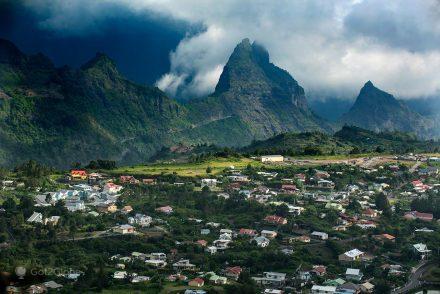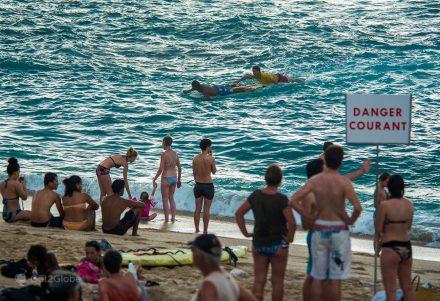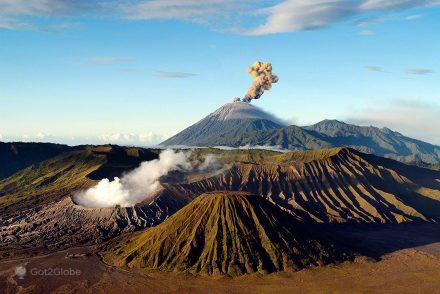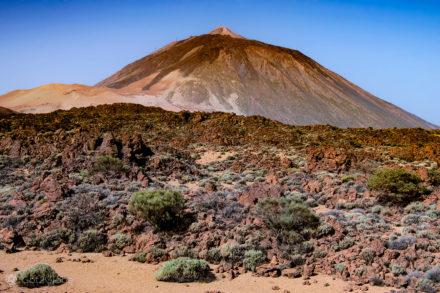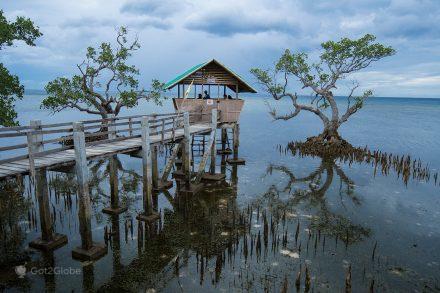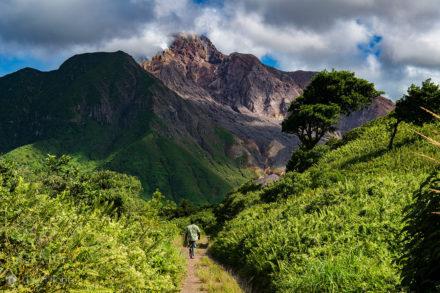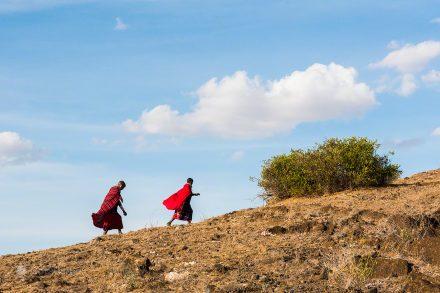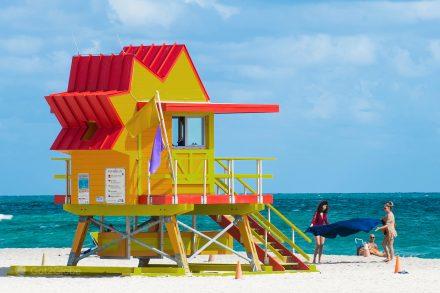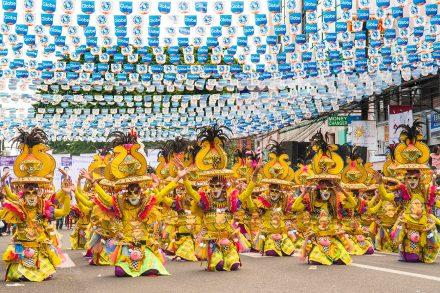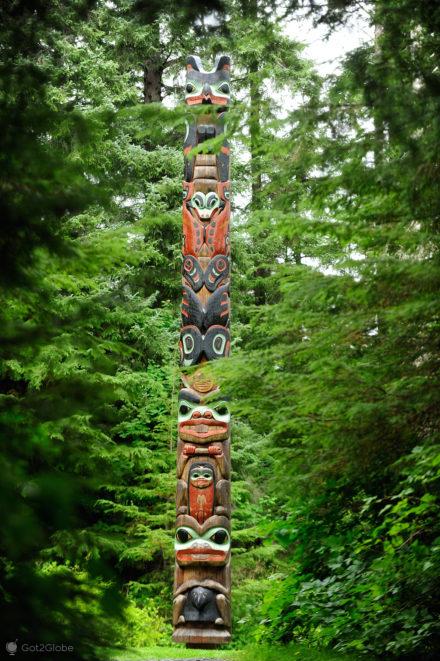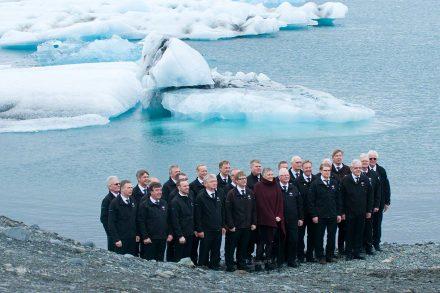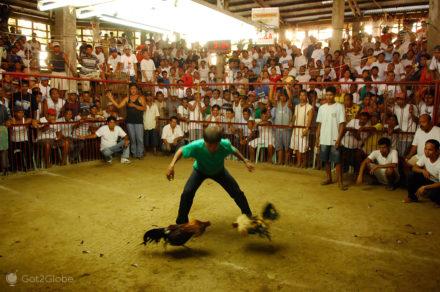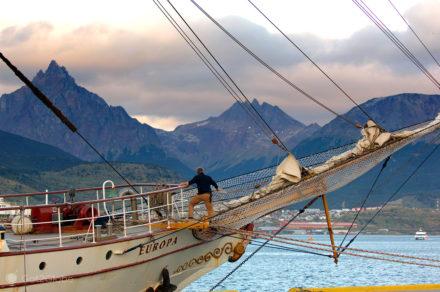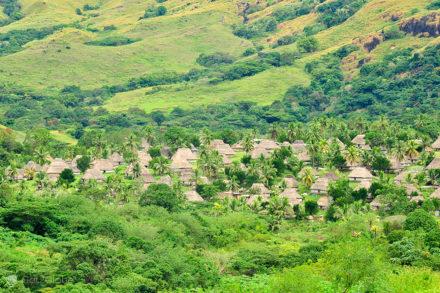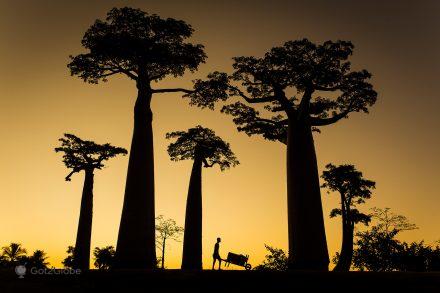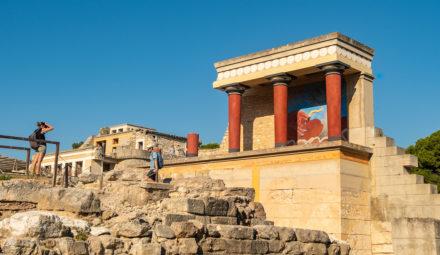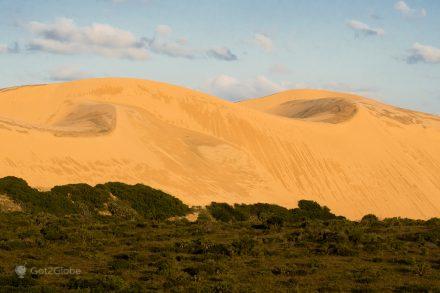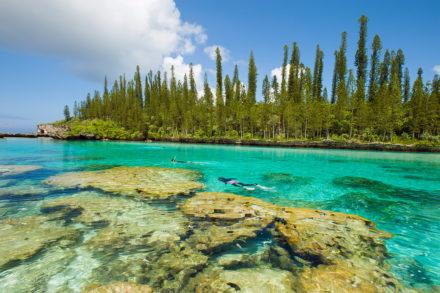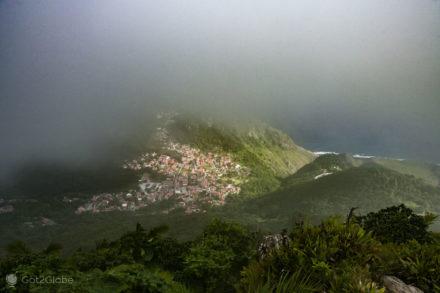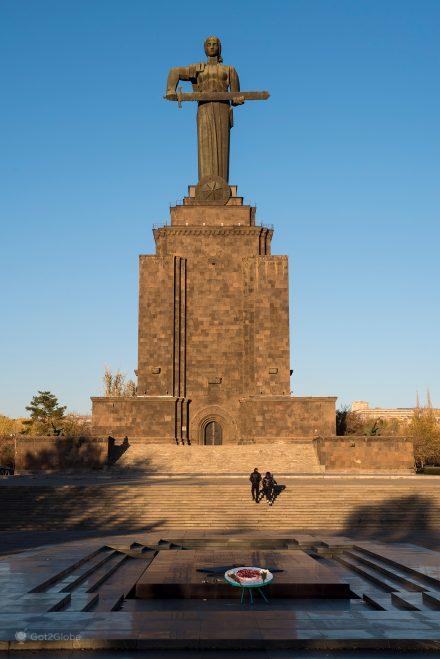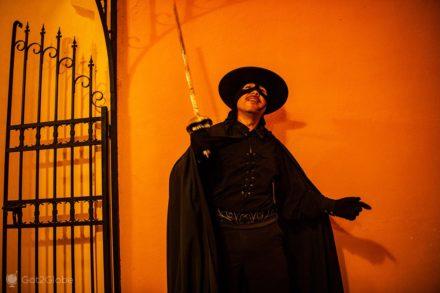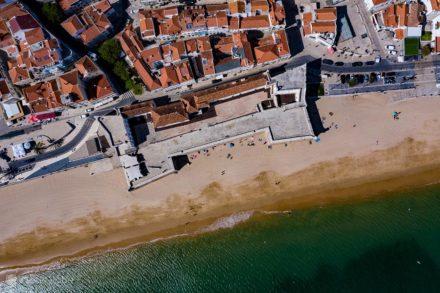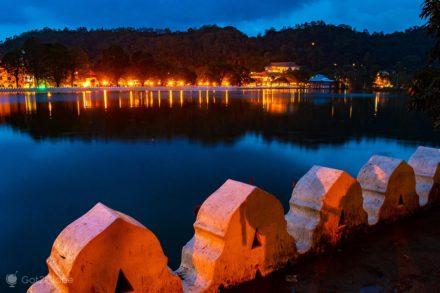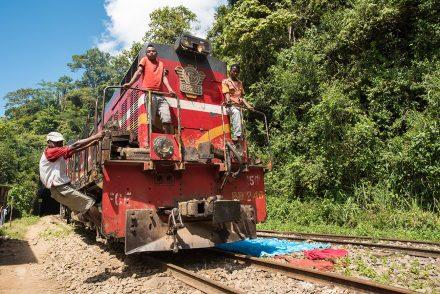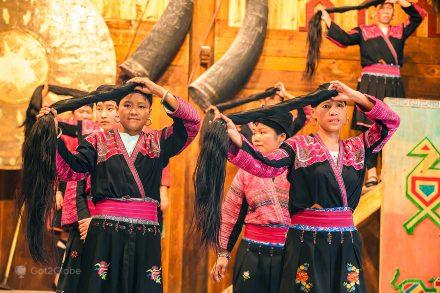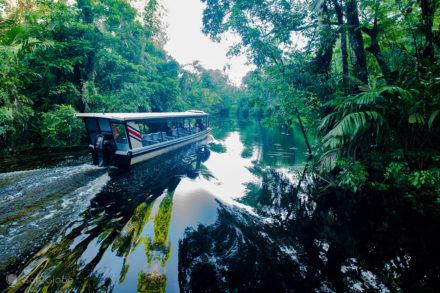The road route to the beginning of the trail turns out to be much longer than we were expecting.
It starts north of Saint Pierre, one of the four cities with sanctified names (Saint Louis, Saint Pierre, Saint Joseph, Saint Philippe) that follow one another at the bottom of the island of Réunion.
We left the villa where we were staying for a roller coaster circuit through the sugar cane fields that fill the Saint Pierre district.
In the middle of summer in the southern hemisphere, where the Tropic of Capricorn passes just below the island, we find the cane at its maximum height prior to cutting. So grown up that, here and there, it forces road authorities to equip rural intersections with traffic lights.
In this torrent of sugarcane, we advanced towards the north and towards the center of the island, at times, along the slopes of the volcano that the altitude transforms into meadows dotted with small trees.

The flat land of the Plaine des Cafres is left behind. On the Plaine des Remparts, the route skirts the outer crater of Commerson.
Piton de la Fournaise and its Lava in Sight
Over the border between the districts of Saint-Pierre and Saint-Benoit, we ascend and enter the large caldera of Fouquê. In an instant, the green that resisted surrenders to a lava vastness, reddish and rough.
The road ends, facing an almost vertical cliff that hides the inner edge of the caldera.
In the vicinity of the Pas de Bellecombe, a geological bounty makes it possible to continue on foot.
In a flash, we reached the top of the shore. We stop to appreciate the opposing scenarios and their differences.

On the one hand, the immensity furrowed by the Routes Forestieres of the volcano. For the other, a new vastness, blackened, with a barren look broken by bushes that sprout from each crack in the lava.
From time to time, white clouds formed over the Indian Ocean to the east rise and invade the volcano's crown. There, they disintegrate into a fine mist that hovers over the ground and irrigates the vegetation.
This fog sprinkles the somewhat extraterrestrial atmosphere of the place, clearly visible in a cone whose ocher gradients and whimsical shape can be seen, similar to the traps for other insects built by lion ants.
That similarity inspired geologists to name it Formica Leo.
 As it had climbed, the trail now zigzagged above sheer cliffs.
As it had climbed, the trail now zigzagged above sheer cliffs.
Then, it went down again, along the interior of the edge where the greatest mineral wealth and the retained moisture forested.

Descent to the Great Caldera from the Piton de la Fournaise
Preceding the descent, a red and white sign affixed to an iron gate that, in case of danger, would bar the way, warned walkers of what they were going to get into:
“Probable eruption in the next few days. Prudence is advised. Do not leave the marked trails.”
We take note of the warning but proceed.

After several zees protected by a fence, we reached the lava and flat interior surface.
Moments later, we are ourselves walking on the slippery slag of Formica Leo, with a view of the Piton de la Fournaise peak that hid the main crater.
Its northwest slope shows patches of recent runoff.
Around Formica Leo, next to different sections of the trail, the lava expelled by the great furnace volcano of Réunion was exhibited with disparate aspects that the authorities deigned to identify.
Almost all of the Fouquê caldera was filled with faster-flowing pahoehoe lava.
In the vicinity of Formica Leo, however, there were sections of corded lava, with flaws from which, once again, bushes sprouted.

Still other stretches revealed disparate and competing flows. Crumbled, darker type A lava, accumulated over light brown pahoehoe torrents.
From the Formica Leo cone, we progress towards the base of Piton.
The Rosemont Chapel at the Base of Dolomieu Crater
Almost reaching it and at an altitude of 2300 metres, a new peculiar volcanic formation precedes it, La Chapelle de Rosemont, a secular rock formation, recorded and described during a first expedition to the volcano, in 1768.
Eternalized in 1791 by the painter JJ Patu de Rosemont.

Like so many other formations and forms of life around, in 2018, the lava expelled by the volcano completely covered it. It caused your insides to collapse.
An almost quadrangular opening still grants the most agile and fearless a strange entrance to the mystical and darkened altar, in which, with few exceptions, the presence of a statuette of Our Lady or of Jesus Christ signals a Spartan refuge of prayer.
From the chapel of Rosemont, the trail goes, once and for all, to the side of the Dolomieu crater, diagonally, in order to smooth the path.
After a few dozen steps, we got lost in the mist that we had seen from the top of the caldera, the further up and to the east, the more cooled by the humidity, enveloped in a floating and enigmatic whiteness.

Here and there, we come across figures returning from the top.
Conquered Piton de la Fournaise and the Crater in Sight
Forty minutes later, among natural sculptures of pure and hard lava, we reach the supreme edge. Even so, with much less effort and fatigue than those required by other volcanoes we conquered. O Cape Verdean Fogo, way above your Chã das Caldeiras. the majestic El Teide, from Tenerife and several others.
We were left with the Dolomieu crater just below and a line painted in white that delimited the area where hikers could recover and admire it in relative safety.

Installed in this refuge, a family had a picnic, with the clouds that arrived from the East, flying over them.
Other clouds were melting inside the crater, against the heat diffused by the bowels of the Earth's mantle.
At that time, as at so many others, the Piton de la Fournaise proved to be treatable. However, this volcano on the island of Réunion, which is around 530 years old, remains vigorous.

A Past of Regular Eruptions
Its last eruption, dated from September 19 to October 7, 2022, took place about eight months after the previous one, within an average of eight or nine months of interval until its magmatic reservoir fills up and revives the glow that make him one of the most active in Terra.
In terms of lava release, the Piton de la Fournaise is comparable, for example, to Etna but, even so, much less productive than the Kilauea that keeps the island of Hawai'i in permanent growth.
As we could see from the top, most of the lava from Piton de la Fournaise flowed down the eastern slope of the crater, towards the eastern depths of Réunion, towards the Indian Ocean.

On other days of exploration, we take the N2 road that crosses the inexorable path of the lava, just above where it merges with the ocean and, in the image of the Hawaiian Big Island of the majestic but inactive Mauna Kea, expand the island.
This lava flow area towards the east is huge.
In the almost 12 km between the Quai de la Rouville (north) and the old port of Quai de Sel (south), there are at least four rivers of lava that the successive overlaps and solidifications have left well marked.
The lava does not always stay within this radius of action.
The Lava Rivers of the East Side and the “miracle” of Notre Dame des Laves
During a 1977 eruption, it flowed much further north, around the village of Piton Sainte-Rose. In its course, the lava surrounded a local Catholic church and fell 3 meters into the nave.
On balance, the temple was spared.
A silver handrail makes entry easier for us and believers and allows us to see the good condition of the interior, a clemency of Nature that contrasts with the destination of Plymouth, capital of the Lesser Antilles Montserrat.
And which deserved its rename to Igreja da Nª Srª das Lavas and which the faithful consider obvious divine intervention.

On these sides of the Côte-au-Vent, the humidity that the breeze blows from the east and the greater distance from the crater make an unlikely forest possible.
The French call it the Great Burnt Forest.

Lava tunnels wind their way underground and under the narrow line of asphalt that authorities overlay the lava. Until the volcano goes away, it returns to cover and it demands new work.
In these intervals of clemency, human life also germinates. We see a squad of cyclists pedaling through the awe-inspiring scenery.
They pass by an improvised restaurant made from a van, two awnings and a few tables and chairs which, as the afternoon draws near, gets ready and closes.
Time to Walk Out of the Caldeira
On the edge of the Dolomieu crater, the imminent end of the day generates us hikers late a sharp rush.
Everyone knows that over the black lava, darkness falls twice.

Accordingly, with the clouds rising in the west, they flock to the painful return to Bellecombe vehicles and their homes.
We re-enter the villa in Saint Pierre late, at bad hours, melted by more than 10 km on the fractured and fracturing lava.
In joy that, in one of his own recoveries, the irascible Piton de la Fournaise had thus welcomed and dazzled us.





















